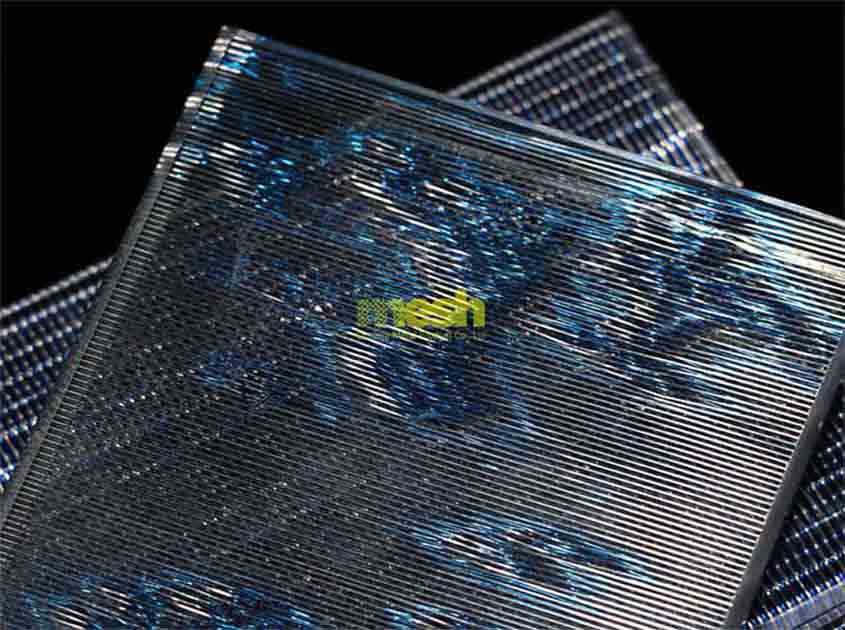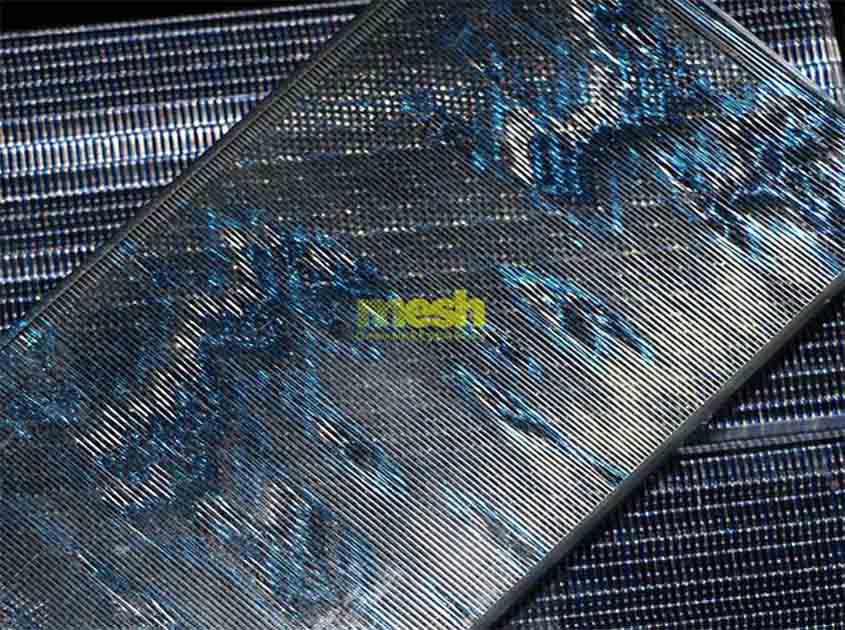Laminated glass metal mesh, known for its aesthetic appeal and functional properties, can also be seamlessly integrated with smart building systems. This article explores the possibilities and benefits of integrating laminated glass metal mesh with smart building systems, highlighting how it enhances functionality, connectivity, and sustainability in modern architectural designs.

Smart Glass Technology:
Laminated glass metal mesh can be combined with smart glass technology to create an interactive and energy-efficient solution. Smart glass, also known as switchable glass or privacy glass, allows the transparency of the glass to be electronically controlled. By integrating smart glass technology into laminated glass metal mesh, the transparency of the mesh can be adjusted in response to external factors such as sunlight, heat, or privacy requirements. This integration provides an opportunity to optimize natural light, reduce glare, and enhance energy efficiency by controlling the amount of light entering the space.

Building Automation and Control Systems:
Integrating laminated glass metal mesh with building automation and control systems enables seamless control and monitoring of various building functions. Through sensors embedded within the mesh or connected wirelessly, the smart system can detect environmental factors such as temperature, humidity, and occupancy. This data can then be used to automatically adjust the lighting, HVAC systems, or shading devices in response to the building's needs, optimizing energy consumption and creating a comfortable environment for occupants. The laminated glass metal mesh acts as a functional interface that combines aesthetics with practicality, allowing the integration of smart controls while maintaining a visually appealing architectural element.

Connectivity and Data Sharing:
By integrating laminated glass metal mesh with smart building systems, it becomes part of the interconnected network within the building. This connectivity allows the mesh to communicate with other devices and systems, facilitating data sharing and enabling intelligent decision-making. For example, the mesh can be integrated with a central building management system, providing real-time information on the mesh's performance, maintenance requirements, or security status. This connectivity enhances the overall efficiency of the building by enabling proactive maintenance, remote monitoring, and data-driven optimization.
pre:Can Laminated Glass Metal Mesh be used for decorative purposes in commercial spaces
© 2025 Joinwin Architectural Wire. All Rights Reserved. | Sitemap
Recommended Read
Does Laminated Glass Metal Mesh offer protection against electromagnetic interference
How does Laminated Glass Metal Mesh contribute to privacy and security in public spaces